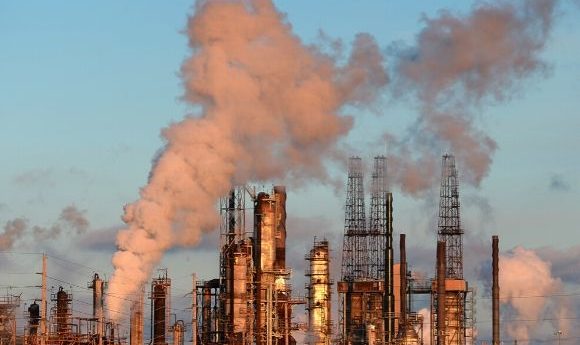Synthetic chemistry and big data: a killer combination to combat climate change

Researchers have combined big data with synthetic chemistry to improve the production of gas-filtering polymer membranes, which could help to reduce greenhouse gas emissions.
Researchers from The University of South Carolina (SC, USA) and Colombia University (NY, USA) have combined the fields of big data and synthetic chemistry in order to develop an innovative method for designing and producing gas-filtering polymer membranes.
The new design approach is significantly faster than traditional methods that rely on ‘trial and error’ and could revolutionize the way the materials are designed and created. It is hoped that this technique could eventually help to reduce greenhouse gas emissions and play a role in slowing the effects of global warming.
“It removes the guesswork and the old trial-and-error work, which is very ineffective,” remarked author Brian Benicewicz (University of South Carolina). “You don’t have to make hundreds of different materials and test them. Now you’re letting the machine learn, it can narrow your search.”
As described in their report, published recently in Scientific Advances, the researchers developed a machine-learning algorithm using experimental gas permeability data for six different gases in roughly 700 polymeric constructs. The algorithm was then trained to predict the effectiveness of existing membranes in removing carbon dioxide from methane.
 New technologies to solve the Earth’s oldest problems
New technologies to solve the Earth’s oldest problems
Fifty years on from the first Earth Day, the Wyss Institute is demonstrating how applying novel technologies to old ideas could finally tackle these environmental problems.
To confirm the accuracy of the algorithm, the team synthesized two of the polymers predicted to be most effective and cast them into thin films. When tested, the researchers discovered that both polymers exceeded the upper bound for separation performance, similar to the algorithm’s prediction.
This confirmed that the algorithm is effective and could be beneficial for commercial use. Removing carbon dioxide from methane is an essential stage in the natural gas industry and this method could increase the effectiveness of this process. The researchers believe, however, that the basic principles of this method have much wider applications.
One area in particular that the researchers believe the technique has potential is environmental action. The technique could be utilized to design materials that can remove greenhouse gases from coal, significantly reducing greenhouse gas emissions and helping to combat climate change.
“This work thus points to a new way of materials design,” Sanat Kumar (Columbia University) explained. “Rather than test all the materials that exist for a particular application, you look for the part of a material that best serves the need that you have. When you combine the very best materials then you have a shot at designing a better material.”